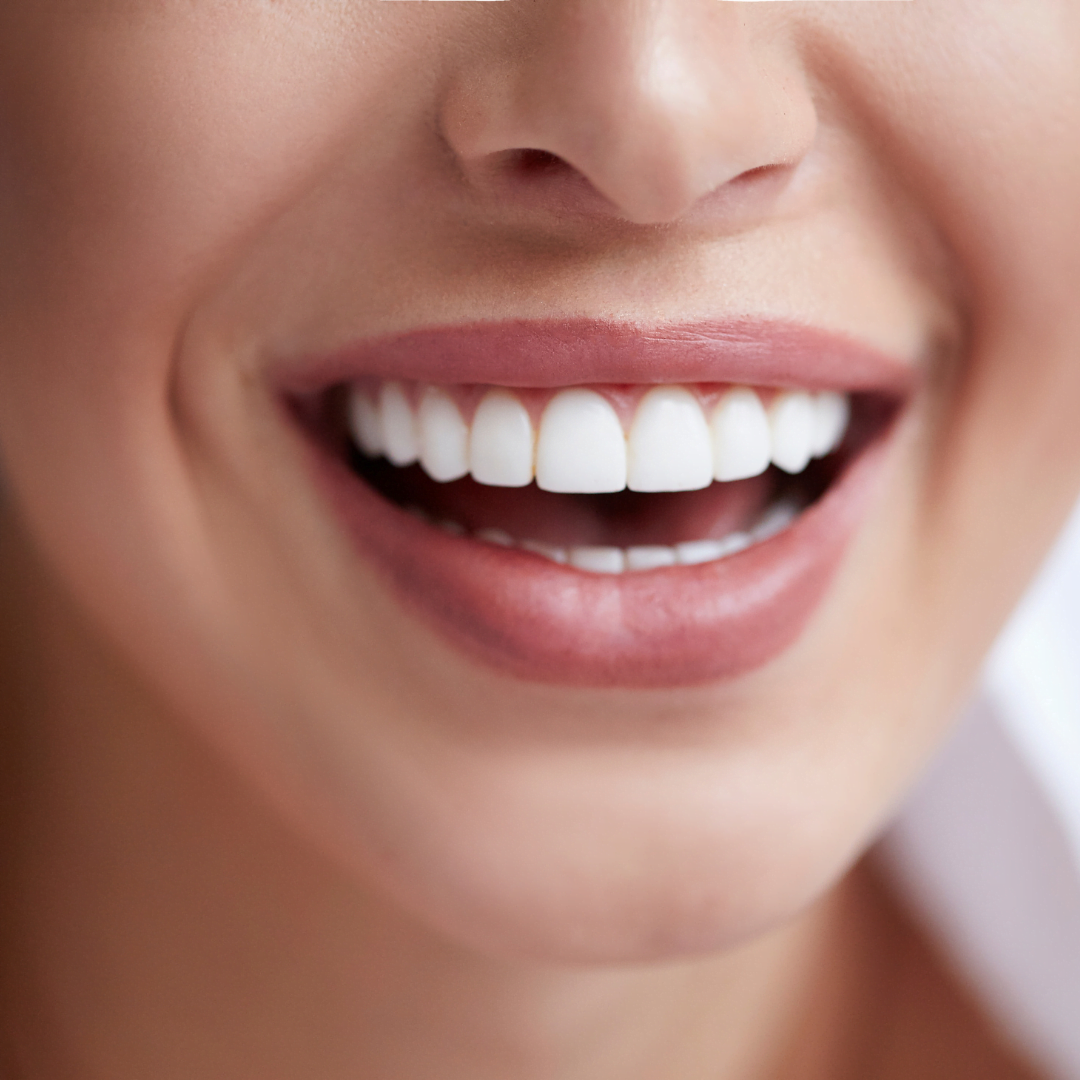
Correcting misaligned teeth
Very few people are born with perfectly straight teeth and many seek professional help to solve this problem as it can be a source of embarrassment. Although, imperfectly aligned teeth are unique, rare and can add personality and charm to your smile.
Aesthetics is a perfectly good reason to see an orthodontist, but there is more to orthodontics than perfectly aligned and straight teeth. We will explain it all to you!
What do we mean by "dental alignment"?
The aim of correct tooth alignment is to achieve a harmonious functioning of the teeth, muscles and temporomandibular joint. The correct arrangement of the teeth is determined by the position and size of the supporting skeletal structure, i.e. the upper and lower jaw. More specifically, the size, position and shape of the teeth should also be considered. When this alignment is not correct, there is a problem with the occlusion.
This symmetrical and harmonious functioning of your teeth is the general objective of orthodontic treatments, such as braces or clear aligners.
Why is tooth alignment important?
Straight teeth make for a beautiful smile and an even, well-aligned mouth. A smile is important in social life and is therefore directly linked to self-confidence. In addition to these obvious aesthetic factors, having correctly aligned teeth also plays a large role in preventing the development of a range of health issues.
A person with aligned teeth is less likely to develop cavities. This is because it is more difficult to clean teeth that are misaligned or have a malocclusion. Whether you use a toothbrush or dental floss, it is more difficult to clean them properly. Debris, bacteria or food is trapped between the teeth and can accumulate, causing cavities or gum disease over time.
Furthermore, chronic gum infections are encouraged from stuck food particles between or under the gums, which often results from poor tooth placement.
In the case of a person undergoing fluoride treatments, misaligned teeth have areas that are harder to reach, making the treatment less effective.
Another factor to consider is the cause of speech or chewing problems. In this case, most malocclusions need to be managed by orthodontic interventions.
Finally, misaligned teeth lead to excessive wear and tear, which can result in cracked teeth, jaw tension, and chronic headaches.
Causes of tooth misalignment
There are many reasons for misaligned teeth. The causes can be long-standing, such as prolonged thumb-sucking or dummy sucking, which can lead to crooked teeth. Milk teeth sometimes have difficulty filling the gum space and become crooked, which means that the permanent teeth are then at risk of becoming crooked. Permanent teeth can also come out crooked if baby teeth have fallen out earlier than expected due to decay or oral trauma.
Heredity and genetics as well as myofunctional habits can play a role, for example in tooth positioning and jaw size. Your upper teeth are supposed to fit slightly into your lower teeth, with the tips of your upper molars fitting into the grooves of your lower molars. When this alignment does not take place, the result is a malocclusion.
Other causes are poor diet, leading to cavities and poor tooth development; poor dental care, where an annual check-up is essential to properly treat cavities or gum disease that can lead to misalignment of the teeth; and an accident such as a blow to the face that can lead to tooth loss or disruption.
The different solutions to remedy this problem
Today, modern dentistry provides us with several minimally invasive solutions to obtain perfectly aligned teeth. Do not hesitate to consult the page of each treatment indicated below to learn about the different methods we offer. Our professionals will be able to advise you on the treatment best suited to your needs and expectations.
Here are the different options:
- The Invisalign method: the custom-made clear tray system
- Lingual orthodontic treatment: an invisible orthodontic technique using lingual braces fitted to the inside of the teeth.
- Dental braces
- Implants and crowns
- Dental veneers to visually correct the alignment of teeth
Leave a Comment
(0 Comments)